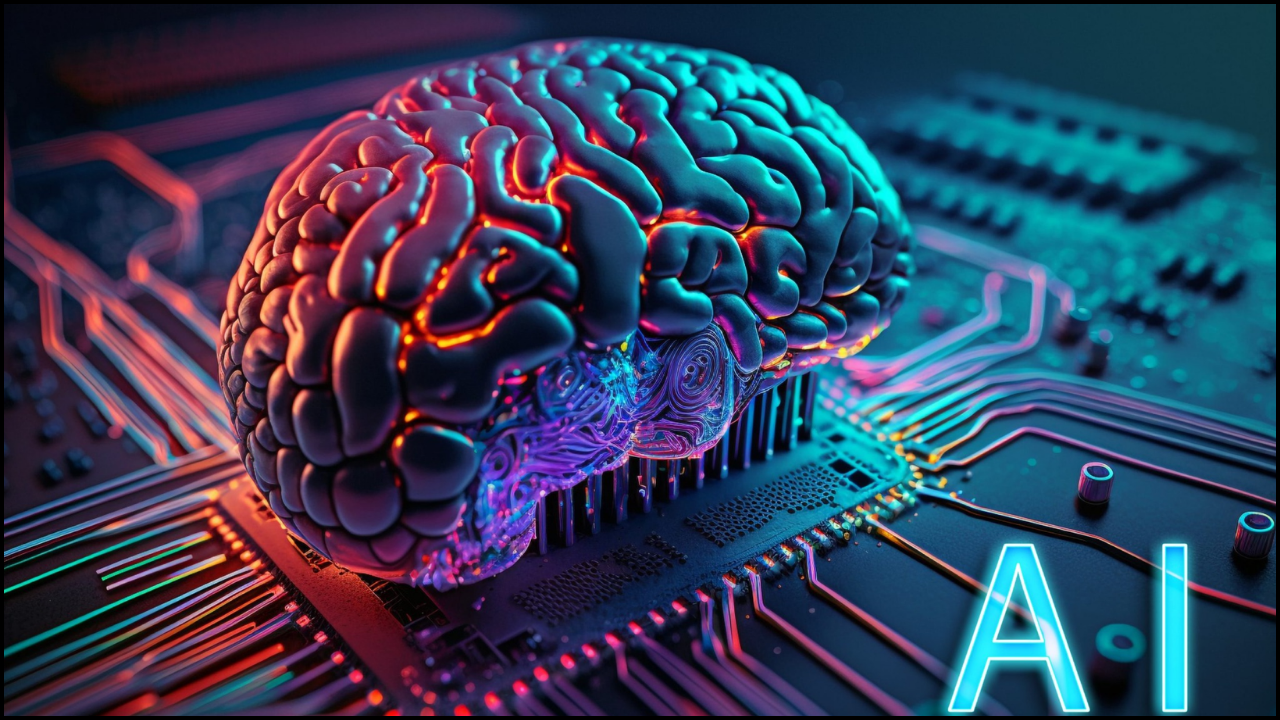The landscape of computation is undergoing a profound transformation with the rise of quantum computing (QC), a revolutionary paradigm that harnesses the principles of quantum mechanics to tackle problems currently intractable for classical computers. From simulating complex molecules to optimizing intricate logistics, the latest developments in this field are rapidly pushing the boundaries of what's computationally possible, promising to unlock breakthroughs across diverse industries.
Quantum Computing Advancements: Pushing the Boundaries
The past few years, including 2025, have witnessed significant QC advancements, moving the technology from theoretical promise to tangible progress. A key focus has been on improving qubit quality and increasing qubit count, essential for building more powerful quantum systems. Researchers are heavily invested in enhancing coherence times – how long a qubit can maintain its quantum state – and reducing error rates, which are critical challenges in building fault-tolerant quantum computing devices.

Breakthroughs in quantum computing hardware continue across various modalities, including superconducting qubits, trapped ions, neutral atoms, and photonic systems. In 2025, there's a strong emphasis on experimenting with logical qubits and advanced error correction schemes, bringing QC closer to practical applications. For instance, Google's Willow chip has made headlines for demonstrating below-threshold error correction, a crucial step towards making quantum systems more reliable. IBM's continued development of its ‘Condor' processor, featuring over a thousand qubits, is also pushing the envelope in terms of scale. Furthermore, the networking of noisy intermediate-scale quantum (NISQ) devices to create larger virtual QC systems is gaining traction, signaling a path towards greater computational power.
Quantum Computing Services: Democratizing Access
The burgeoning market for quantum computing services is democratizing access to this cutting-edge technology, allowing businesses and researchers to experiment with quantum capabilities without the immense upfront investment in hardware. Major cloud providers are at the forefront of offering quantum computing services, effectively providing “Quantum-as-a-Service” (QaaS).
Platforms like IBM Quantum, Amazon Braket, and Microsoft Azure Quantum offer users cloud-based access to various types of quantum processors, along with comprehensive development tools, software development kits (SDKs), and educational resources. These QC services enable users to design quantum circuits, submit tasks, and analyze results remotely. The availability of these services is crucial for accelerating research and development, allowing more organizations to explore the potential of quantum computing for their specific challenges. Companies like Quantinuum and IonQ also offer direct access to their high-fidelity trapped-ion quantum computers through their own cloud platforms and via partnerships with major cloud providers. This expansion of QC services is a clear indicator of the technology's maturation.

Quantum Computing Applications: Real-World Impact
While still in its early stages for many widespread applications, quantum computing applications are already demonstrating significant potential across several industries. In financial modeling, quantum algorithms are being explored for portfolio optimization, risk analysis, and fraud detection, potentially outperforming classical methods in speed and accuracy. In materials science, QC is revolutionizing the simulation of molecular interactions, paving the way for the discovery of new catalysts, superconductors, and advanced battery materials. This could drastically accelerate the development of technologies for renewable energy and electric vehicles.
QC applications are also making inroads into drug discovery and development, enabling more accurate simulations of molecular behavior and protein folding, which can significantly reduce the time and cost associated with bringing new medicines to market. Logistics and supply chain optimization is another promising area, where QC can solve complex routing problems to improve efficiency and reduce emissions. Furthermore, the advent of QC necessitates the development of quantum-resistant cryptography to safeguard current encryption methods against future quantum attacks, creating a new wave of QC applications in cybersecurity.

Google Quantum Computing (GQC): A Leader in Superconducting Qubits
Google Quantum Computing continues to be a leading force in the field, primarily focusing on superconducting qubit architecture. Their Sycamore processor achieved “quantum supremacy” in 2019, demonstrating a computational task beyond the reach of classical supercomputers at the time. In 2025, GQC has made significant strides in quantum error correction with its Willow chip. Breakthrough experiments published by Google have shown that by scaling Willow's qubit grid, they could exponentially reduce error rates, a critical step towards achieving truly fault-tolerant quantum computing.
Google Quantum Computing's roadmap anticipates steadily increasing qubit counts and quality, with a long-term goal of developing error-corrected, large-scale machines capable of tackling complex problems in materials science, energy, and artificial intelligence. Their efforts also extend to developing open-source software tools like Cirq and OpenFermion, fostering a collaborative ecosystem for QC research and development.

China Quantum Computing: Rapid Advancement and Strategic Investment
China Quantum Computing is making remarkably rapid advancements, driven by substantial government funding and strategic national initiatives. In Q1 2025, China unveiled the ez-Q Engine 2.0, a cutting-edge system designed to support over 1,000 qubits, positioning the nation as a formidable competitor on the global stage, just behind leaders like IBM and Atom Computing in terms of operational quantum systems. This advancement underscores China's ambition to achieve technological self-reliance and global leadership in quantum computing.
Chinese research institutions, such as the University of Science and Technology of China, have been at the forefront of breakthroughs, particularly in photonic quantum computing with devices like “Jiuzhang.” The strategic integration of China Quantum Computing into the nation's 14th Five-Year Plan highlights its critical role in economic and technological growth. The focus extends beyond hardware to developing robust quantum software and secure quantum communication networks, including hacker-resistant quantum communication links. This concerted effort positions China Quantum Computing as a significant driver of global QC progress.

Quantum AI: The Synergistic Frontier
The intersection of quantum computing and artificial intelligence, often termed quantum AI, represents one of the most exciting and potentially transformative frontiers in both fields. Quantum AI seeks to leverage the unique capabilities of quantum computers – such as their ability to process vast amounts of data simultaneously and explore complex solution spaces – to enhance AI algorithms, particularly in areas like machine learning, optimization, and pattern recognition.
Researchers are developing quantum machine learning algorithms that could accelerate the training of complex AI models, improve data analysis in fields like medical imaging, and lead to more efficient deep learning networks. Conversely, AI is also being utilized to improve QC itself, for example, by optimizing quantum error correction techniques and designing more efficient quantum algorithms. Volkswagen Group, for instance, has deployed quantum-enhanced AI to optimize traffic flow, showcasing the practical synergy of quantum AI. The symbiotic relationship between quantum computing and AI holds the promise of unlocking a new era of intelligent systems with unprecedented capabilities.









